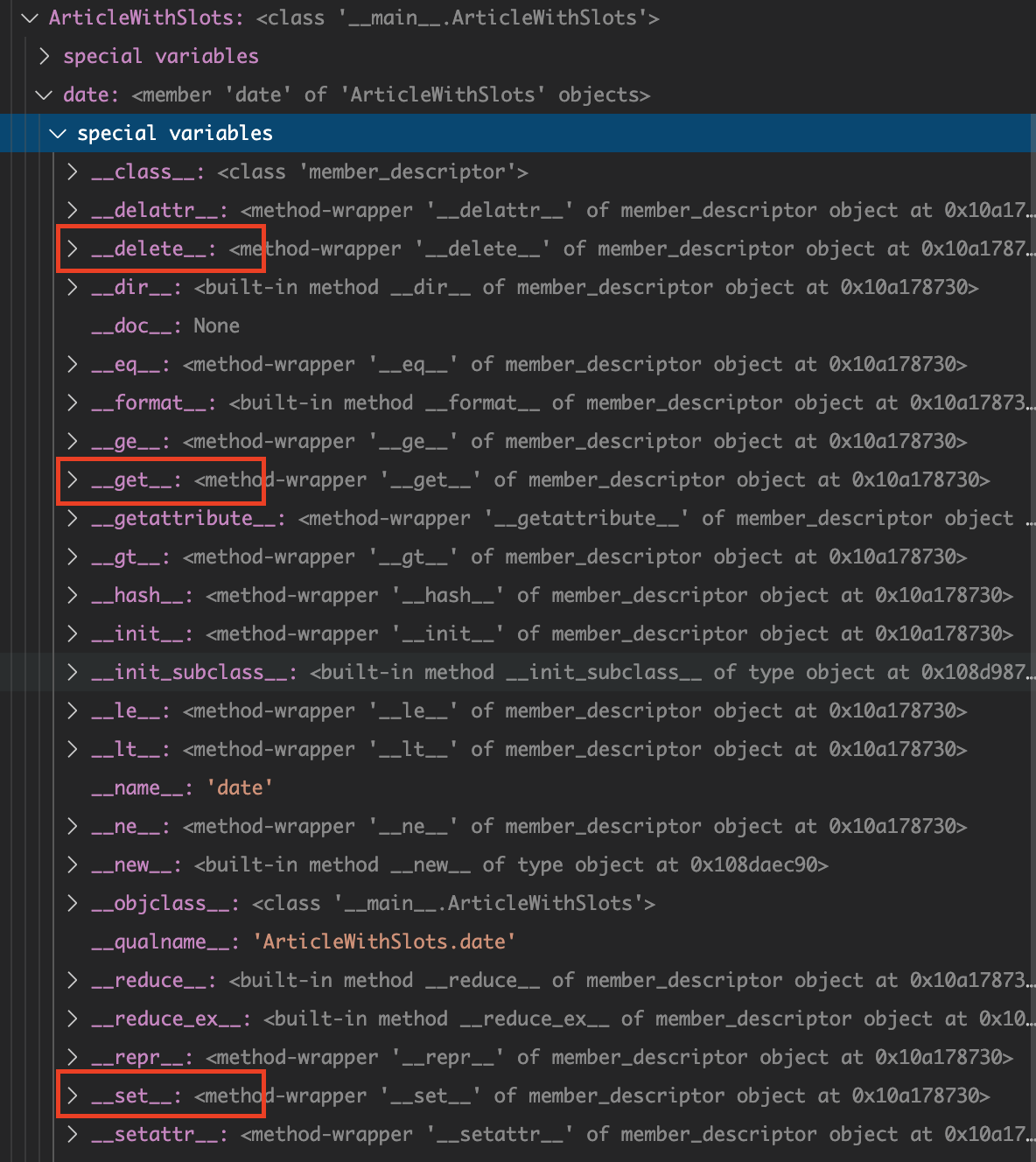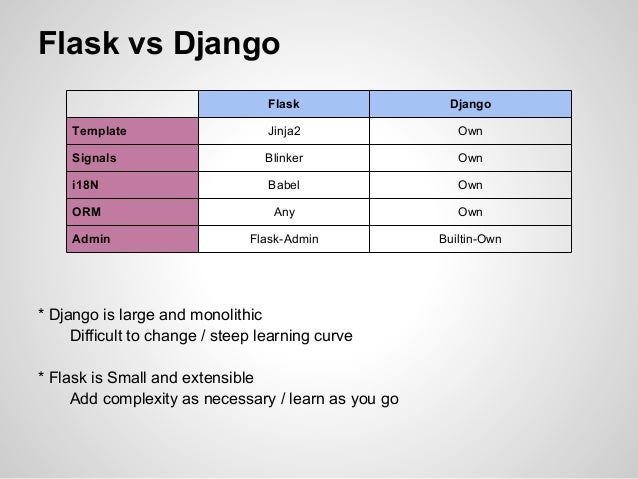Python Slots Vs Dict
Python Collections (Arrays) There are four collection data types in the Python programming language: List is a collection which is ordered and changeable. Allows duplicate members. Tuple is a collection which is ordered and unchangeable. Allows duplicate members. In this tutorial, we will try to understand slots in Python with a simple example. In Python, we use dict function to store the object attributes. This allows setting new attributes at runtime. The function dict acts as a dictionary. It doesn’t have a fixed number of attributes stored. The built-in json module of Python can only handle Python primitives types that have a direct JSON equivalent (e.g., dictionary, lists, strings, numbers, None, etc.). When you execute a json.load or json.loads method, it returns a Python dictionary.
In this article, we will discuss different ways to create dictionary objects in python.
What is a dictionary?
dictionary is an associative container that contains the items in key/value pairs. For example, we if want to track the words and their frequency count in an article like,
“Hello” occurs 7 times
“hi” occurs 10 times
“there” occurs 45 times
“at” occurs 23 times
“this” occurs 77 times
We can use the python dictionary to keep this data, where the key will the string word and value is the frequency count.
Now let’s see different ways to create a dictionary,
Creating Empty Dictionary

We can create an empty dictionary in 2 ways i.e.
It will create an empty dictionary like this,
Creating Dictionaries with literals
We can create a dictionary by passing key-value pairs literals i.e.
It will create a dictionary like this,
Creating Dictionaries by passing parameters in dict constructor
We can create a dictionary by passing key-value pairs in dictionary constructor i.e.
It will create a dictionary like this,

Creating Dictionaries by a list of tuples
Suppose we have a list of tuples i.e.
We can create a dict out of this list of tuple easily by passing it in constructor i.e.
It will create a dictionary like this,
Creating a Dictionary by a list of keys and initializing all with the same value
Suppose we have a list of string i.e.
Now we want to create a dictionary where all the elements of the above list will be keys and their default value is 0.
We can do that using fromkeys() function of dict i.e.
It will Iterate over the list of string and for each element, it will create a key-value pair with value as default value provided and store them in dict.

It will create a dictionary like this,

Creating a Dictionary by two lists
Suppose we have two lists i.e.
List of strings,
List of integers,
Now we want to use elements in the list of string as keys and items in the list of ints as value while creating a dictionary.
To do that we are going to use zip() function that will Iterate over the two lists in parallel.
For each entry in the list, it will create a key-value pair and finally create a zipped object. Now, we can pass this zipped object to dict() to create a dictionary out of it i.e.
It will create a dictionary like this,
Python Dictionary Tutorial - Series:
Subscribe with us to join a list of 2000+ programmers and get latest tips & tutorials at your inbox through our weekly newsletter.
Python Dict Iterate
The complete example is as follows,
Output: